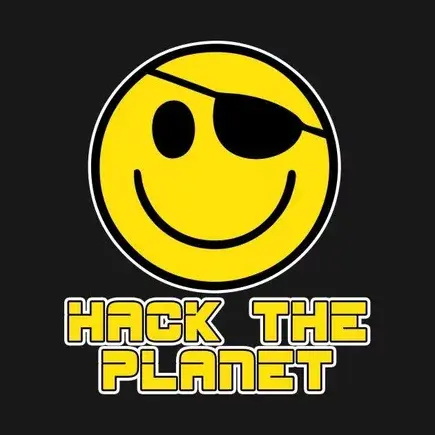I’m going to agree with a lot of the other posters and say QT with QT creator. It’s a tested and well though out implementation. It’s signals and slots event system is straight forward and easy to learn.
Whatever route you take learn Model View Controller (MVC). It gets in the mindset of keeping your data model seprate from things that use the data and things that change the data.







Best president of my life (started with Carter). I’d give him a C- if not grading on a curve.